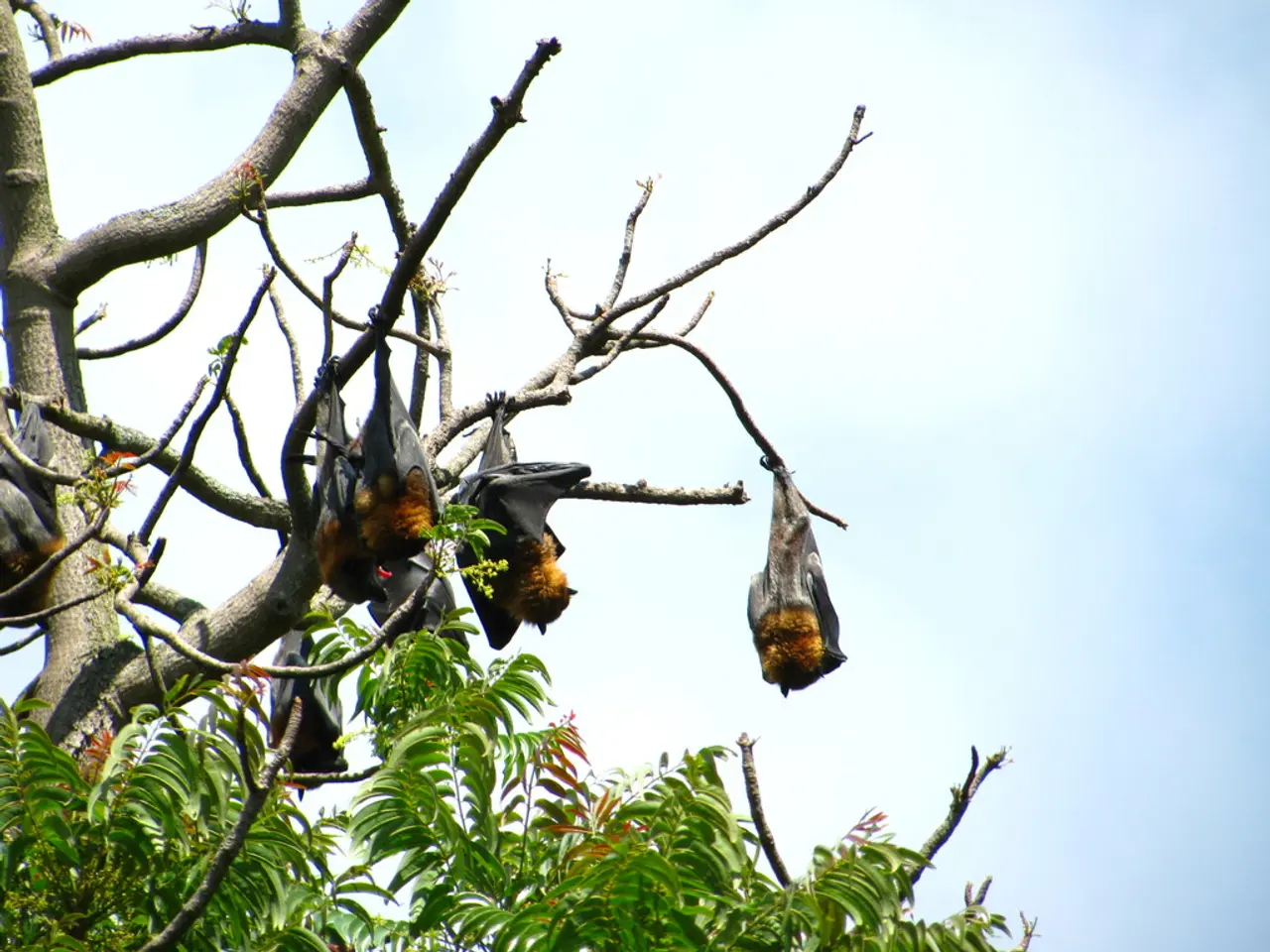Decoding the Mystery: Identifying Cheetahs and Leopards - A Comprehensive Guide
**Spotting the Differences: A Closer Look at Leopards and Cheetahs**
Two of the most fascinating creatures roaming the African savannas and beyond are the leopard and the cheetah. While both are members of the big cat family, they possess distinct physical characteristics and behaviours that set them apart.
**Physical Differences**
- **Body Build**: Cheetahs boast a slender and agile frame, with long legs designed for speed. They typically weigh between 34 and 54 kg (75 and 119 pounds). On the other hand, leopards are more robust and muscular, with a weight range of 50 to 90 kg (110 to 200 pounds).
- **Coat Pattern**: Cheetahs are easily recognizable by their solid black spots and distinctive tear marks running from the inner corners of their eyes. Leopards, however, have a more varied coat with rosette-shaped markings, which are circular without a central spot.
- **Claws**: Cheetahs have partially retractable claws, providing additional grip when running, while leopards, like most other big cats, have retractable claws.
**Behavioral Differences**
- **Hunting Strategy**: Cheetahs are daylight hunters, relying on their speed to chase prey in open areas and can reach speeds of up to 114 km/h (71 mph), but only for short distances. Leopards, on the other hand, are nocturnal or crepuscular, using stealth and ambush tactics, and are agile climbers, often hiding their kills in trees to protect them from scavengers.
- **Activity Patterns**: Cheetahs are generally active during the day, while leopards tend to be more active at night or during twilight hours.
**Habitat Differences**
- **Cheetahs** prefer open, grassy terrains such as savannas and grasslands, where they can exploit their speed. - **Leopards** prefer more diverse habitats, including forests, grasslands, and mountainous regions, which provide them with the cover needed for their stealthy hunting style.
Despite their similar appearances, these two big cats have unique roles in their respective ecosystems, with their physical adaptations and hunting strategies reflecting their distinct lifestyles and specific environmental adaptations.
**Conservation Status**
Leopards are classified as vulnerable due to declining populations caused by habitat loss and poaching, while cheetahs suffer extremely low numbers because of habitat fragmentation coupled with human conflicts.
In conclusion, while both the leopard and the cheetah share certain characteristics, their differences in physical appearance, behaviour, and habitat preferences make them two distinct big cat species, often mistaken due to their spotted coats, but with pronounced differences in morphology and behaviour.
In light of the unique characteristics and behaviors of these big cats, it is crucial to consider their specific needs for both health and lifestyle when considering home-and-garden designs or city planning that might encompass their habitats. For instance, a home with a garden could provide a suitable environment for pets such as cats, offering them spaces that mimic the leopard's preferred diverse habitats or the cheetah's open, grassy terrains. Moreover, understanding the differences between leopards and cheetahs can instill a sense of appreciation for the environment, encouraging individuals to dedicate time to protecting endangered species like the cheetah and leopard, and maintaining a healthy ecosystem for all its inhabitants.




![Video Explanation: An Overview of Explainer Videos [Including Examples and Definition]](/en/content/images/size/w1280/format/webp/20250721153209_explainer-video-examples-meaning.jpeg)